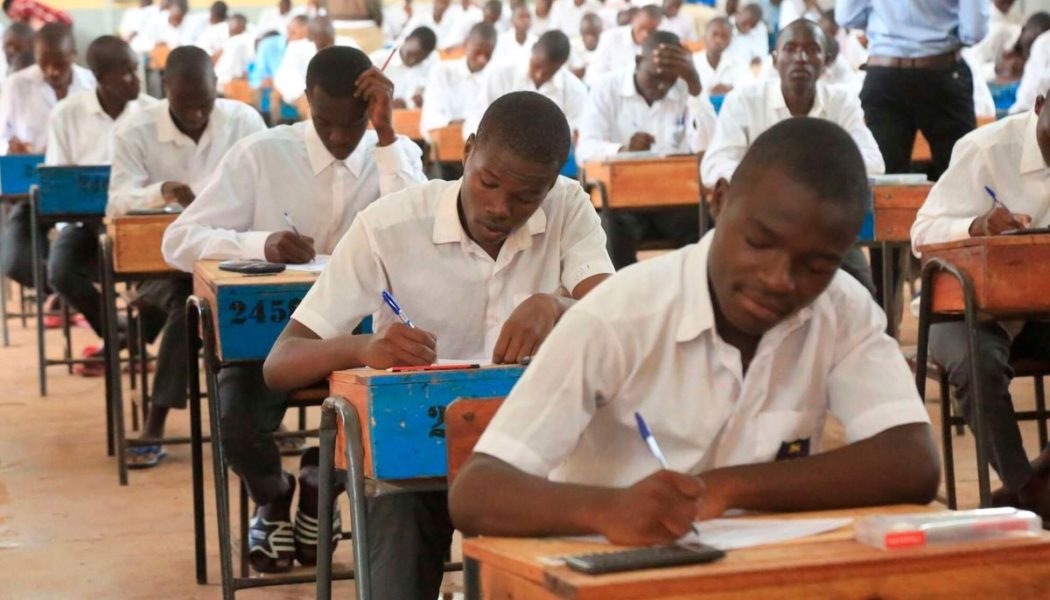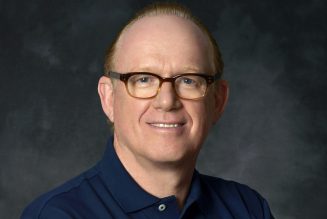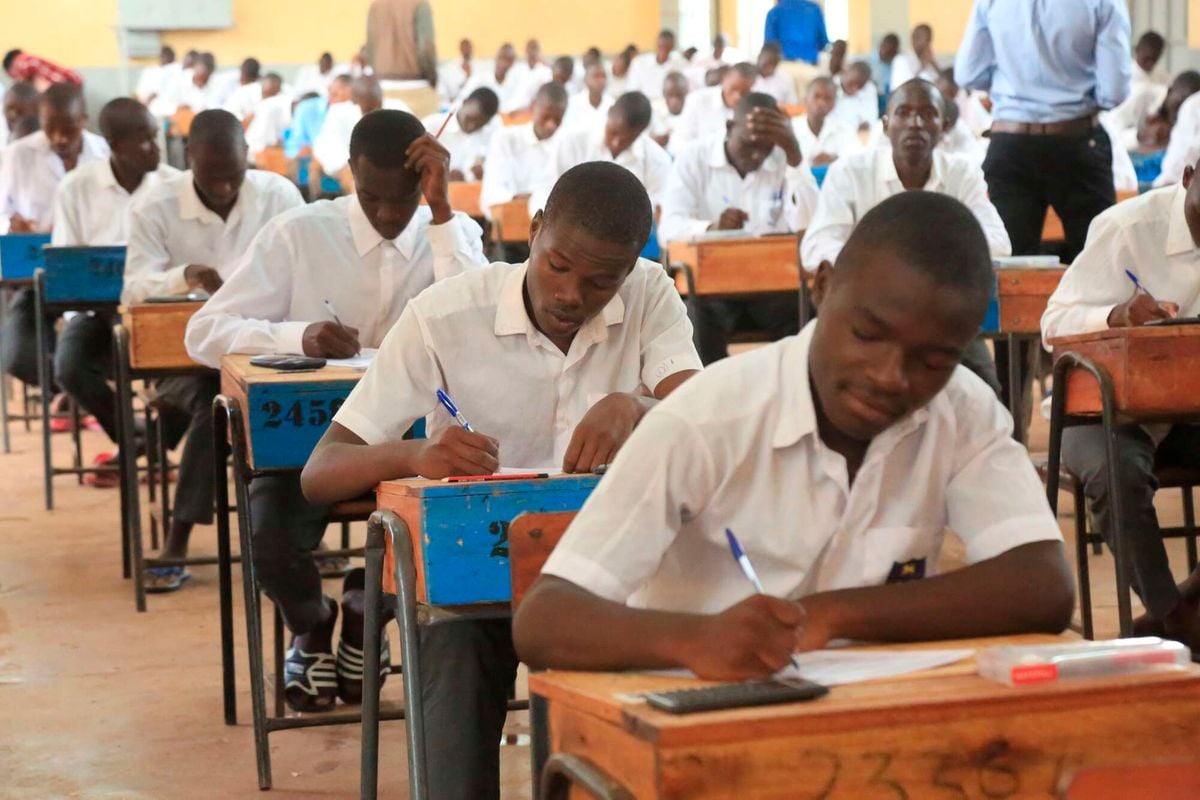
Kenyans tapped Sh96.3 billion loans from savings and credit cooperative societies (saccos) to pay school fees and related expenses last year, underlining the growing burden of educating in private institutions amid falling standards in cheaper public schools.
New data released by the Sacco Societies Regulatory Authority (Sasra) shows that borrowing to pay fees is only second to loans for purchase of land and building residential houses at Sh124.2 billion, which has traditionally been the primary focus of the credit unions.
Overall, sacco members tapped new loans worth Sh460.5 billion in 2023, with debt for school expenses having accounted for 21 percent of the credit issued in the period.
The agriculture sector, which accounts for the largest share of Kenya’s gross domestic product (GDP), came in third with new loans at Sh78.1 billion, followed by trade at Sh58.2 billion.
This emerges in a period when most households prefer to send their children to private schools where class sizes are smaller, facilities more developed and performance in national exams generally better than public schools.
When the government introduced free primary education (FPE) in 2003, the school enrolment almost tripled, without the facilities and resources expanding as fast in what watered the market for growth of private schools.
But the private schools are costlier and have emerged as profitable enterprises that have attracted high-net worth investors and private equity funds.
Average wages in real terms have fallen for the fourth year in a row as the falling standards push workers to tap loans for basic items like schooling, health and food.
“We have seen the continuation of the trend of a spike in school fees loan applications when schools are opening, with January being the peak of the demand for funding,” said David Mategwa, the chairman of Kenya Police National Sacco.
“The loans being taken up are not just short-term facilities, but largely those of between one to three years, depending on the qualification of the borrower.”
A majority of saccos offer specific school fees loans, on tenors of up to 24 months on reducing balance basis and at multiples of between three and five times a member’s deposit.
Some saccos process and disburse the credit on a same-day basis, and do not require collateral on the same.
On its website, Mwalimu National — the largest deposit taking sacco in Kenya by assets –says its school fees loan is offered at a rate of one percent per month on reducing balance, with a maximum tenor of 24 months and at a multiple of five times a member’s savings.
Kenya Police Sacco offers a 12-month loan at 12 percent per annum on reducing balance subject to a multiple of four times one’s deposits, while Stima Sacco’s emergency school fees loan is offered at three times one’s deposits, for a tenor of up to 15 months.
Sasra tracks loan disbursements to eight broad sectors, with the others being manufacturing and servicing industries, human health, consumption and social services, and finance, investments and insurance.
This is the first time Sasra has given a breakdown of the amount of new loans disbursed by saccos in a calendar year per sector, having previously only provided the percentage share of sectoral lending without the overall number.
Changes in the education landscape have contributed to the rise in demand for school fees loans.
The enrolment in private schools—especially primary schools— has gone up over the years due to the number of new entrants outstripping the government’s ability to provide spaces in public institutions, partly reflecting fiscal constraints at the Treasury.
Official data from the Kenya National Bureau of Statistics (KNBS) shows that the number of registered private primary schools in Kenya increased by 30 percent or 2,681 institutions to 11,739 schools between 2019 and 2023.
In the same period, the number of public primary schools in the country rose by just 2.3 percent or 545 to 23,831.
The free primary education programme has over the years also strained facilities in public schools, prompting parents with means to opt for private institutions which have better conditions including teacher-pupil ratios.
Away from the schools, tough economic conditions have also pushed parents to borrow to keep their children in school.
Last year, the economy experienced high inflation— 7.7 percent on average for the year— that raised overall household expenditure on key items such as energy, food, transport and rent at a time when earnings experienced a contraction.
Real wages in the country fell for a fourth consecutive year (by 4.1 percent) as the high inflation wiped out the marginal 2.8 percent pay increase awarded to workers in the period.
School costs were also affected by the higher inflation, with parents being hit by higher costs of uniforms, books and transport costs for their children.
This informed the turn to saccos for credit funding, with the cooperatives having an advantage over banks on account of less stringent lending conditions and friendlier interest rates.
Saccos can lend members on the strength of their savings— and at multiples of three to five times of savings—making them a convenient source of credit without the demand for collateral that would take time to charge in the case of banks.
Saccos also charge relatively cheaper rates on loans compared to banks. Their average annual interest rates lie between 12 and 16 percent for most of their ordinary loan products, while banks are charging upwards of 20 percent (base rates plus risk premiums).
